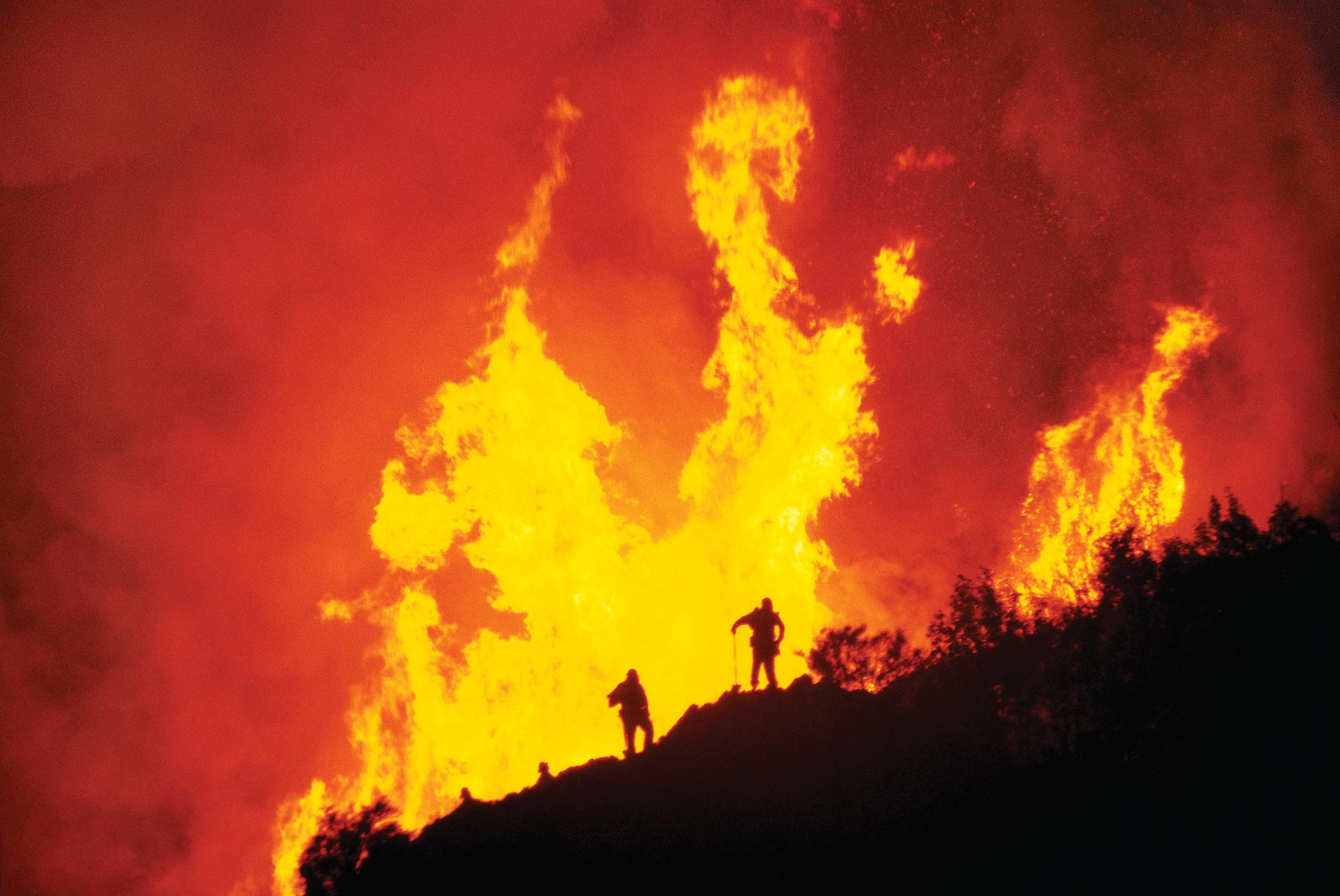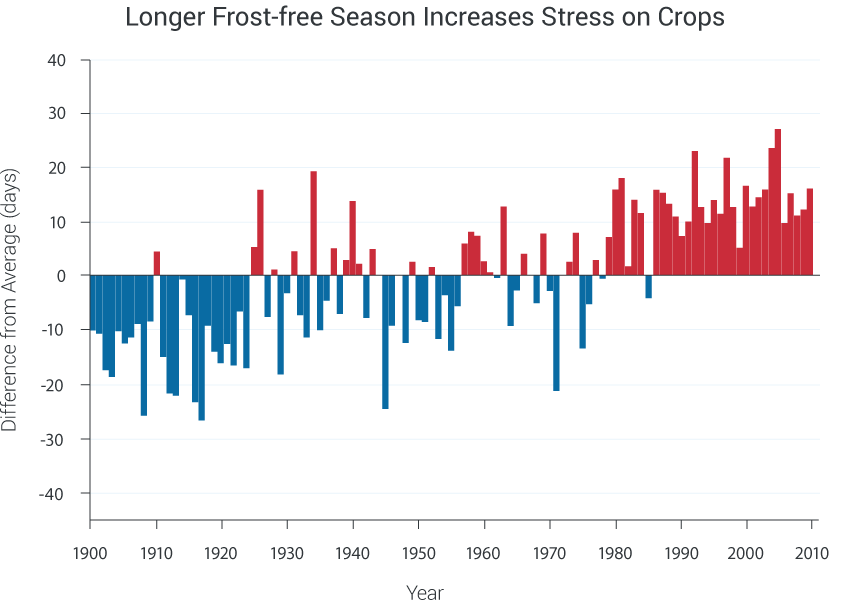Introduction
The Southwest region includes the states of Arizona, California, Colorado, Nevada, New Mexico, and Utah. The Highlights section below offers a high-level overview of climate change impacts on this region, including the five Key Messages and selected topics. (see Ch. 20: Southwest)


















